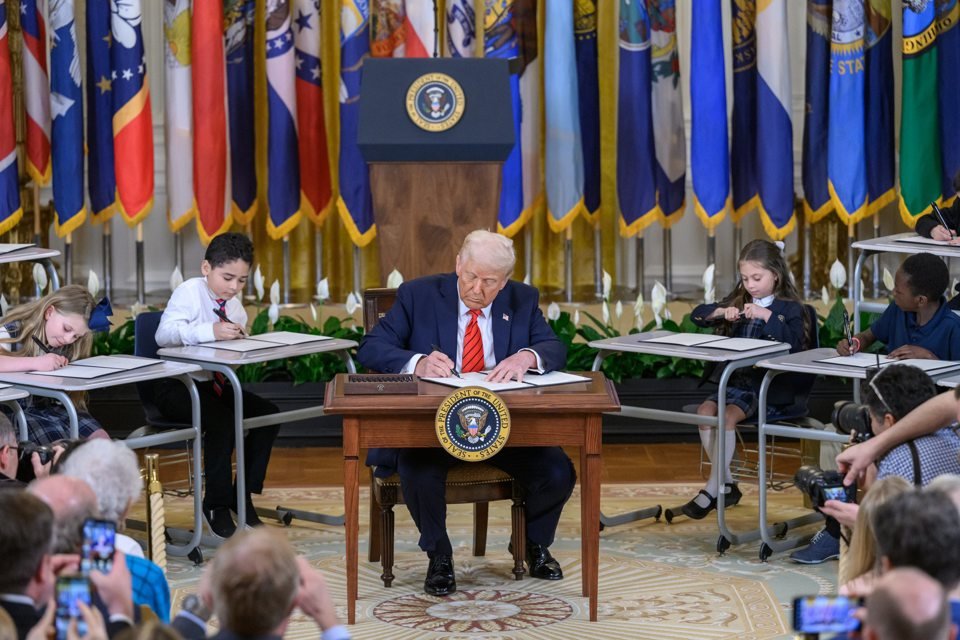In a historic and controversial move, former U.S. President Donald Trump signed an executive order to abolish the Department of Education. This decision sent shockwaves through the nation, igniting debates among politicians, educators, parents, and students. The White House became a hub of discussion, policy analysis, and educational reform, as the Trump administration justified its stance on decentralizing education.
This article delves into the implications of Trump’s executive order, its potential impact on American education, and the varying perspectives on this radical reform.
## The Rationale Behind Abolishing the Department of Education
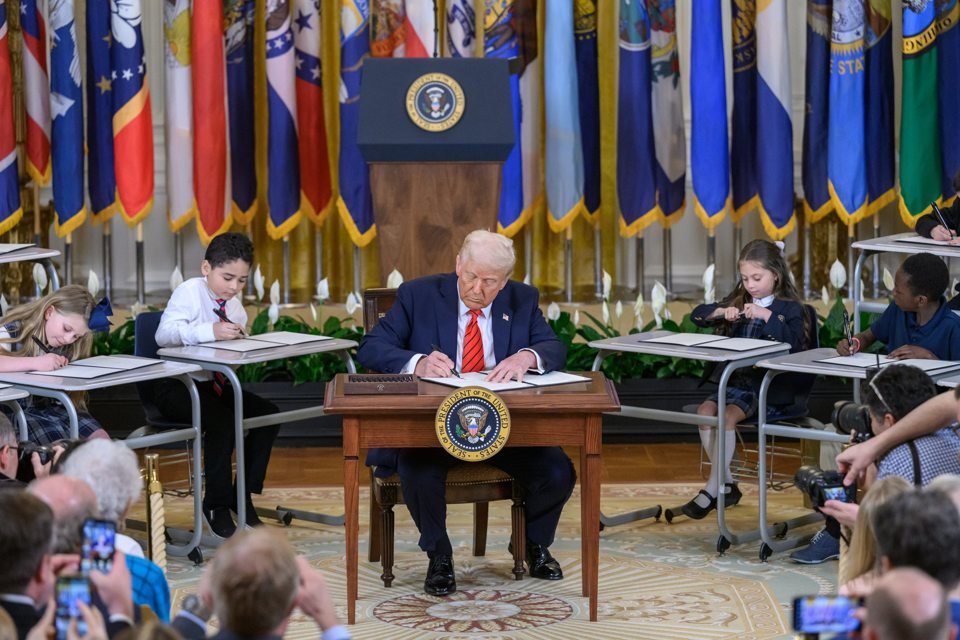
President Trump’s decision to eliminate the Department of Education stemmed from his belief in state and local control over schools. Throughout his presidency, he emphasized that education should be in the hands of parents, teachers, and local governments rather than a federal bureaucracy. He argued that the department had become overly bureaucratic, inefficient, and out of touch with the real needs of students.
Trump and his supporters contended that the Department of Education was an unnecessary middleman that consumed taxpayer dollars without directly improving educational outcomes. By dismantling it, they believed education funding could be redirected more effectively to states, school districts, and classrooms.
## The Role of the White House as a Classroom for Educational Reform
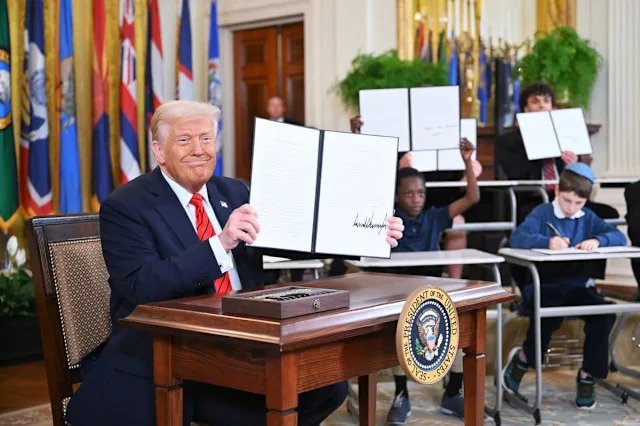
By signing the executive order, Trump turned the White House into a symbolic classroom where the future of American education was debated. Policy experts, state officials, and education advocates gathered to discuss the ramifications of the decision. Press conferences and public statements framed the discussion, emphasizing the importance of school choice, parental involvement, and local autonomy in education.
The move also aligned with conservative educational philosophies that champion privatization, charter schools, and voucher programs. Trump’s administration argued that eliminating federal oversight would foster competition among schools, leading to higher educational standards and better outcomes for students.
## Implications for Students, Teachers, and Parents
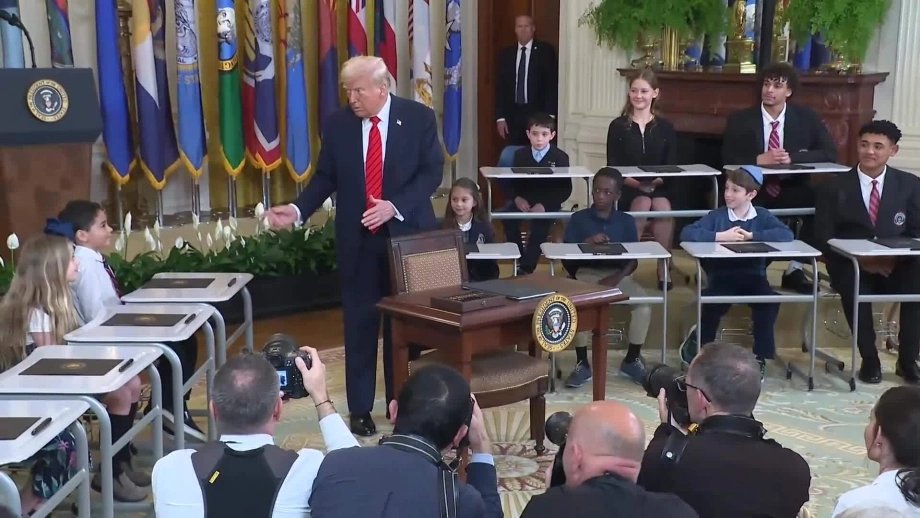
### **Impact on Students**
For students, the abolition of the Department of Education meant that education policies would be determined at the state level. This shift could result in greater variability in education quality across different states. Some students might benefit from innovative local policies, while others could suffer from reduced federal protections and support programs.
Special education students, for example, relied on federal oversight to ensure their rights and accommodations under the Individuals with Disabilities Education Act (IDEA). Without federal enforcement, concerns arose about inconsistencies in support across states.
### **Impact on Teachers**
Teachers faced uncertainty regarding their professional development, funding for public schools, and national standards. The removal of federal oversight meant that teaching standards, salaries, and curricula could vary significantly between states. While some educators welcomed the change as a move toward greater autonomy, others worried about decreased funding for public schools and increased pressure on underprivileged districts.
### **Impact on Parents**
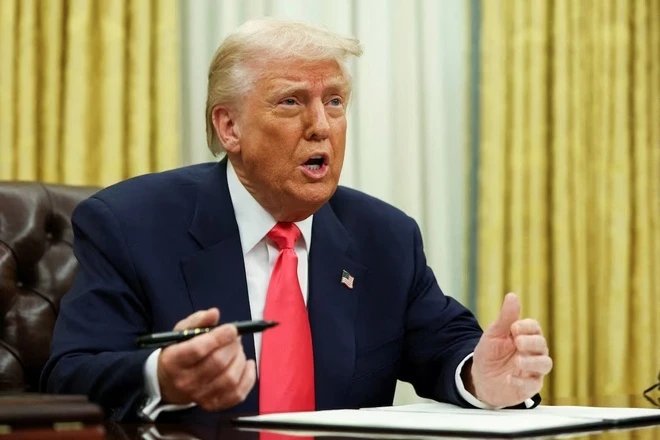
Many parents saw the decision as a victory for school choice, giving them more control over their children’s education. The potential expansion of charter schools and voucher programs provided more options beyond the traditional public school system. However, parents in low-income communities worried that a lack of federal oversight could lead to underfunded and neglected schools, widening the education gap.
## Political and Public Reactions
The decision to abolish the Department of Education sparked intense political debate. Supporters of the executive order, primarily conservatives and libertarians, applauded the move as a step toward reducing federal government overreach. They argued that education should not be dictated by a one-size-fits-all federal policy but rather tailored to local needs.
On the other hand, critics, including many Democrats and education advocates, condemned the move as reckless and short-sighted. They argued that the Department of Education played a crucial role in enforcing civil rights protections, distributing federal funds, and maintaining national education standards.
Public opinion was divided. While some Americans supported the idea of localized education control, others feared the potential consequences of dismantling a federal institution responsible for ensuring equal educational opportunities.
## The Future of American Education Without a Federal Department
Without the Department of Education, states would bear the full responsibility for managing their education systems. Some experts predicted that wealthier states with strong education budgets would thrive, while poorer states might struggle with funding and resources.
Education policy would likely become even more politicized at the state level, with governors and state legislatures playing a larger role in shaping curricula, teacher qualifications, and school funding. This shift could lead to innovation in some areas but also inconsistencies in educational quality across the country.
Additionally, higher education institutions that rely on federal funding and oversight, such as student loan programs and research grants, faced uncertainty. The absence of a centralized department raised concerns about how these programs would be managed moving forward.
## Conclusion
President Trump’s executive order to abolish the Department of Education marked a transformative moment in American education history. By turning the White House into a classroom for educational policy discussions, he reignited debates about the role of federal government in schooling.
While the move aligned with conservative principles of decentralization and school choice, it also raised concerns about inequality, funding disparities, and the loss of federal protections. As the nation navigates the future of education, the consequences of this decision will continue to unfold, shaping generations of students, teachers, and policymakers alike.
